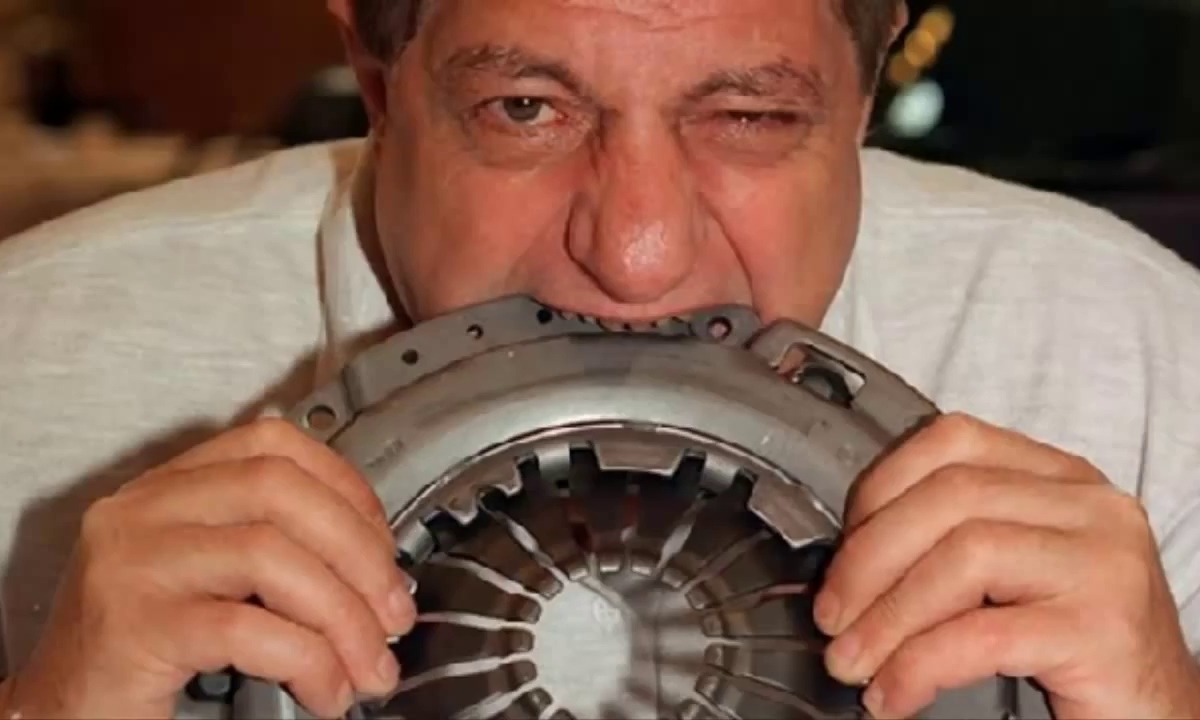


Doctors may treat the medical problems first, assess potential causes of the disorder such as nutrient deficiencies, and then develop a treatment plan that may involve changes to diet and nutrition as well as therapy. Treatment for pica varies based on what substance the person has consumed and how it has affected the body. Therefore, it’s important to monitor and treat the condition as early as possible. However, it may also lead to medical complications such as intestinal obstruction, bowel problems, weight loss, broken teeth, infections, or poisoning. Therefore, pica should only be considered when the behavior is inappropriate for the developmental level of the individual, is not a culturally sanctioned practice, and is not co-occurring with schizophrenia or other mental disorders.Pica often resolves on its own. In some societies, pica is a cultural practice and is not considered to be problematic. Pica is sometimes associated with malnutrition or an iron or zinc deficiency.Ĭhildren and adults with pica disorder may eat hairballs, paint, sand, dirt, animal feces, clay, cigarette butts, paper, burnt matches, wood, chalk or other substances that are not typically considered food.Īlthough pica is observed most frequently in children, it is the most common eating disorder in individuals with developmental disabilities. Lead poisoning, for instance, is a serious problem, and lead levels should always be tested if the individual has ingested paint or paint covered objects.

For example, ingesting paint can lead to lead poisoning. Pica may be benign, or it can have life-threatening consequences depending on what is ingested. To treat pica, a doctor may first try to address any health complications resulting from eating nonfood items. This behavior occurs at an age for which it is developmentally inappropriate, or beyond 18 to 24 months of age. Pica is typically defined as the ingestion of non-nutritive/non-food substances for a period of at least 1 month. Pica is an eating disorder most commonly observed in children, but can occur with adults as well.


 0 kommentar(er)
0 kommentar(er)
